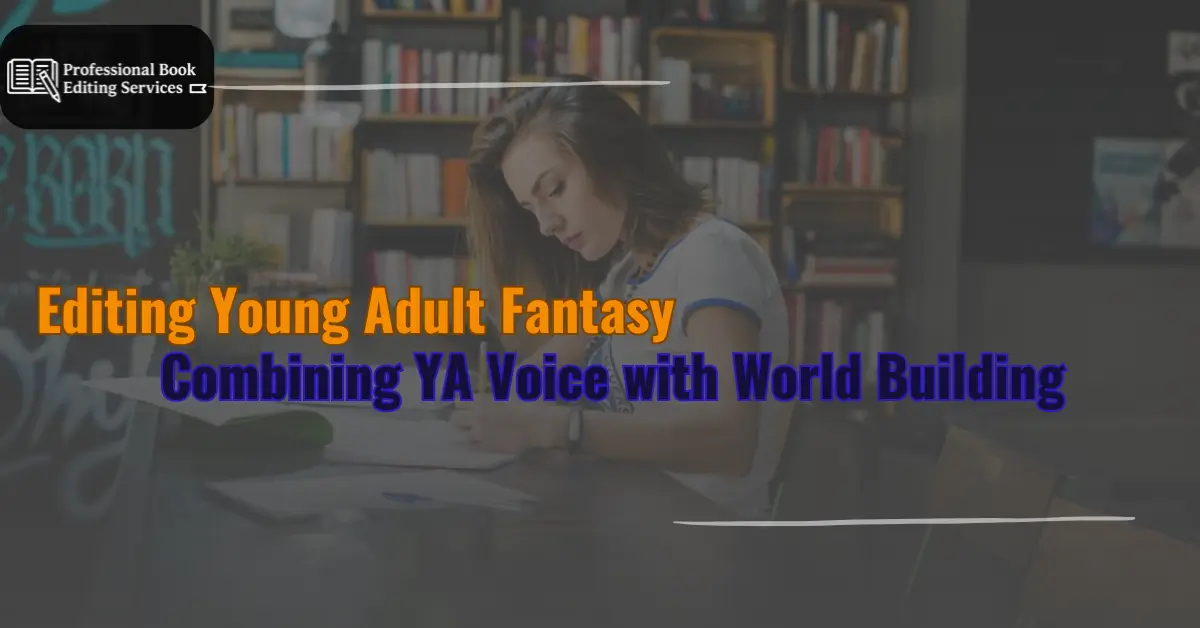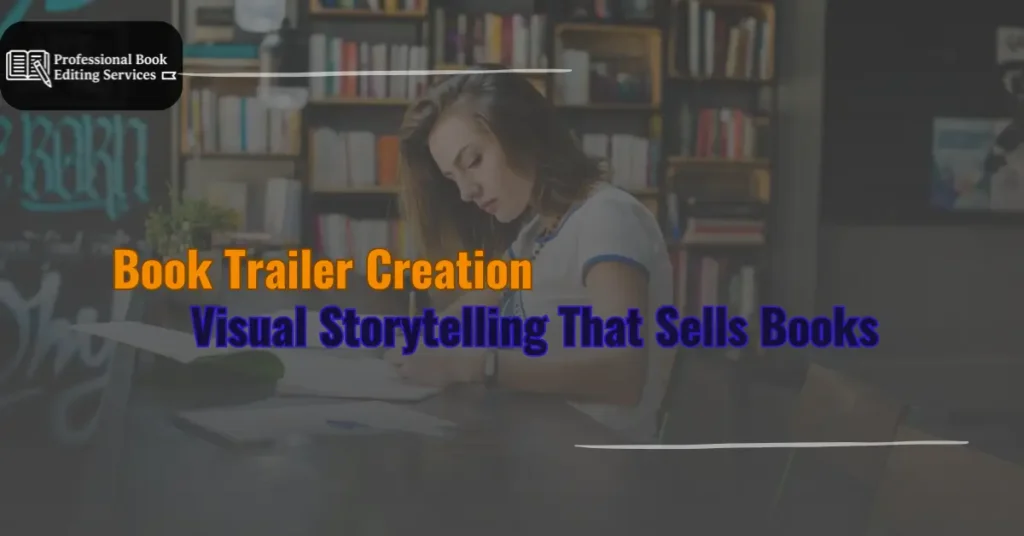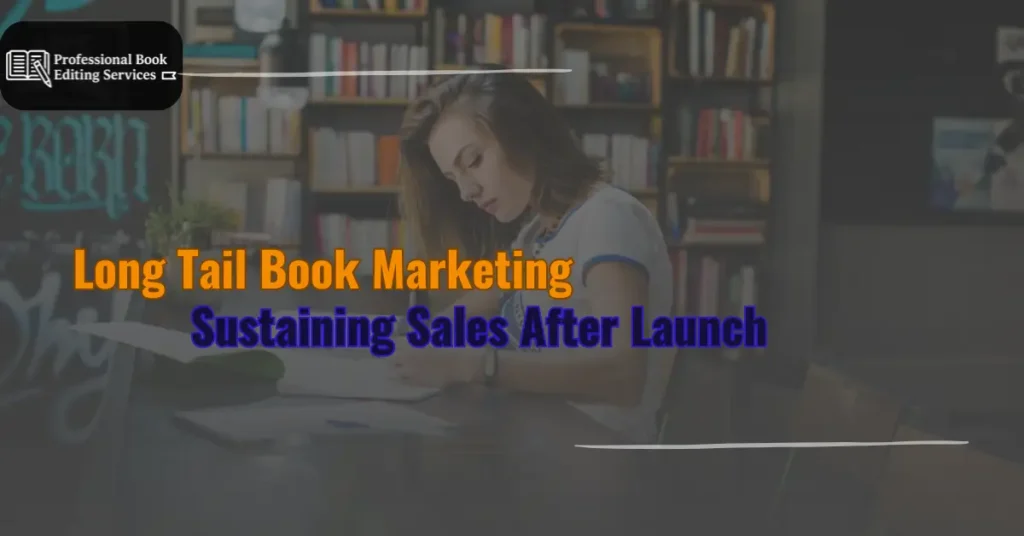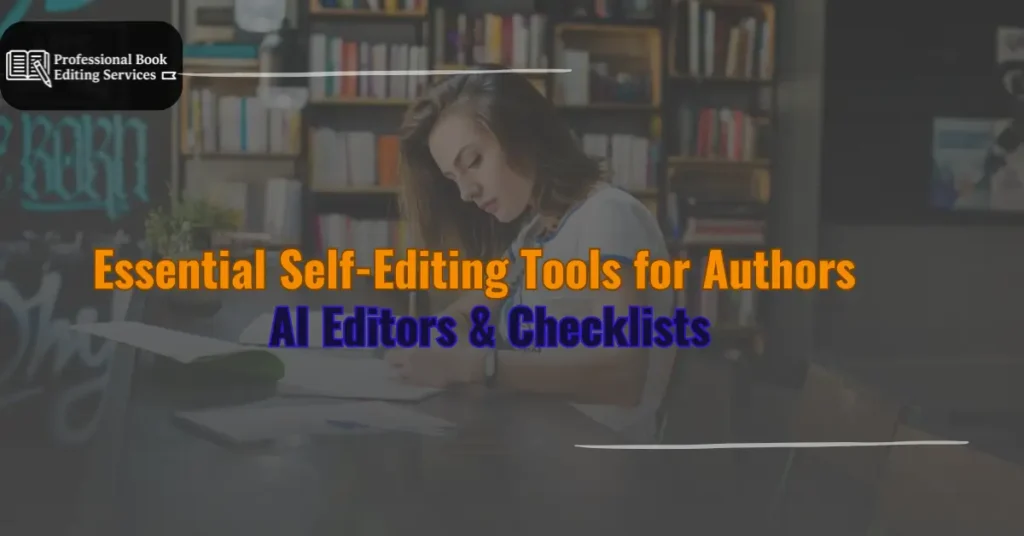Young adult fantasy books are packed with emotion, imagination, and complexity. They invite readers into rich, expansive worlds, while tackling themes like identity, belonging, and growth. But creating that blend of real emotional connection and believable fantasy takes more than great ideas. It takes precision. That’s where YA fantasy editing plays a critical role.
Editors who work in this space understand that teen readers are sharp. They care about emotional authenticity, strong pacing, and character motivations that feel real. But they also crave new worlds, magical systems, and stories that expand beyond their own experience.
Balancing these expectations is what makes YA fantasy both challenging and rewarding to write and to edit. Editors step in not just to tighten prose or catch inconsistencies but to strengthen the foundation of the story itself. They keep the magic believable and the characters grounded. And they help authors shape a manuscript that speaks directly to its readers.
Creating a Believable Fantasy World
The first hurdle in YA fantasy is world-building. The setting may include entirely new societies, magical laws, or futuristic landscapes. Editors look closely at how these elements are introduced, described, and used in the story.
Is the magic system internally consistent? Are the rules of the world clear, and do they stay that way from start to finish? Does the world feel immersive without overwhelming the reader with exposition?
YA fantasy editing focuses on these questions early in the process. Editors identify points where the world logic breaks, or where details are missing. They help writers cut unnecessary backstory and bring the most essential world-building elements forward.
This process shares similarities with science fiction editing, where speculative elements must also be supported by a logical framework. But in YA fantasy, that world has to serve not just the plot, but also the emotions of the characters moving through it.
Maintaining an Authentic Teen Voice
Even the most vivid setting will fall flat if the characters don’t sound real. Teen readers can spot forced dialogue or adult tone quickly. That’s why editors prioritize authentic voice in every line of narration and conversation.
The voice should reflect how teens think, speak, and feel. It should be direct, emotional, and full of conflict, not just external, but internal too.
Editors look for areas where tone drifts, where character motivations are unclear, or where emotional beats feel rushed. They help strengthen inner monologues and clarify the push-and-pull dynamics between characters.
Writers who have experience in YA book editing will recognize the need for balance here. Emotional authenticity must exist alongside genre-specific stakes. Whether your protagonist is navigating a love triangle or a magical curse, their choices should still feel like those of a real teen.
Balancing Exposition with Momentum
YA fantasy novels often begin with a lot of world-building. But too much up front can slow the pace and disconnect readers from the character journey.
Editors help authors distribute background information across the story in manageable layers. They point out where exposition can be trimmed, moved, or broken into dialogue or action. The goal is to avoid info dumps while still delivering the context readers need.
This balancing act appears in other genres, too. In non‑fiction editing, editors must structure complex information without losing clarity. In fantasy, it’s about doing that without losing narrative energy.
Maintaining this pacing keeps the reader engaged and allows the story’s emotional and thematic threads to stay in focus.
Refining Plot Structure and Stakes
YA fantasy stories are often series-driven or epic in scope. But even in standalone books, editors need to ensure that the story arc is strong.
Is the plot driven by clear stakes? Are those stakes personal to the protagonist? Does each decision move the story forward?
Editors assess the big picture. They map out rising tension, midpoint reversals, and climactic payoffs. They help ensure that subplots support rather than distract from the main arc.
When done well, this gives the book its emotional depth. As in thriller editing, pacing and stakes matter, but here, they’re intertwined with character growth and world dynamics.
Clarifying Character Development and Themes
Characters in YA fantasy are often navigating adolescence at the same time as saving kingdoms or uncovering dark secrets. That dual focus is part of the genre’s appeal, but also its challenge.
Editors help authors keep emotional arcs grounded. They make sure characters change in response to what happens, and that relationships evolve naturally. They also look for moments where themes emerge and suggest ways to make them more consistent or meaningful.
The goal is never to force a message, but to ensure the story resonates.
This kind of development also appears in memoir editing, where the personal arc is key. In YA fantasy, that same principle holds, even when dragons are involved.
Considering Age Appropriateness
YA readers span a wide range, from 12 to 18 and even older. Editors review the tone, language, violence, romance, and thematic depth to make sure it fits the intended audience.
Is the content too dark or too soft? Does it address sensitive topics responsibly? Are key moments emotionally and ethically appropriate for the reader?
These editorial choices matter. They guide how a book will be received, shelved, and recommended. Editors offer thoughtful suggestions without stripping away the author’s vision.
Writers who have worked in children’s book editing may recognize the importance of age alignment. YA is more flexible, but it still has boundaries. Good editing helps authors stay within them.
Feedback and Tools Along the Way
Authors often bring in beta readers and editors before working with a professional. Early feedback can highlight which parts of the story resonate, or where readers get lost.
Editors take that feedback further. They offer structural insights, clarify world-building gaps, and identify moments where pacing drags or characters flatten.
In early drafts, self-editing tools for writers can be helpful for basic cleanup. But for nuance, like dialogue tone, emotional continuity, and narrative rhythm, human editors remain essential.
YA fantasy needs polish on multiple levels. That’s what editing delivers.
Connecting Across Genres
YA fantasy doesn’t exist in a vacuum. Many books blend genres, romance, horror, dystopia, or even nonfiction elements.
Editors who also work in romance novel editing, historical fiction editing, or short story editing bring cross-genre insight that can strengthen hybrid narratives. They help authors decide what to keep, what to cut, and what to build.
For instance, romantic subplots in YA fantasy must feel earned. Editors use experience from romance editing to guide emotional pacing. Similarly, intricate histories or lore benefit from the precision found in historical fiction editing.
This collaborative, informed approach helps books shine, no matter how many genres they touch.
Conclusion
YA fantasy editing is about finding the harmony between big ideas and personal moments. Editors work to preserve the magic of imagined worlds while grounding them in emotional truth. They shape characters, refine voice, and strengthen story arcs, all while maintaining clarity, consistency, and energy.
For authors, this partnership brings confidence. The result is a book that not only entertains but also connects, leaving young readers inspired, moved, and hungry for more.
Just as in fantasy book editing, poetry editing, or self-help book editing, the editor’s job is not to change the story, but to bring it closer to its best version.





